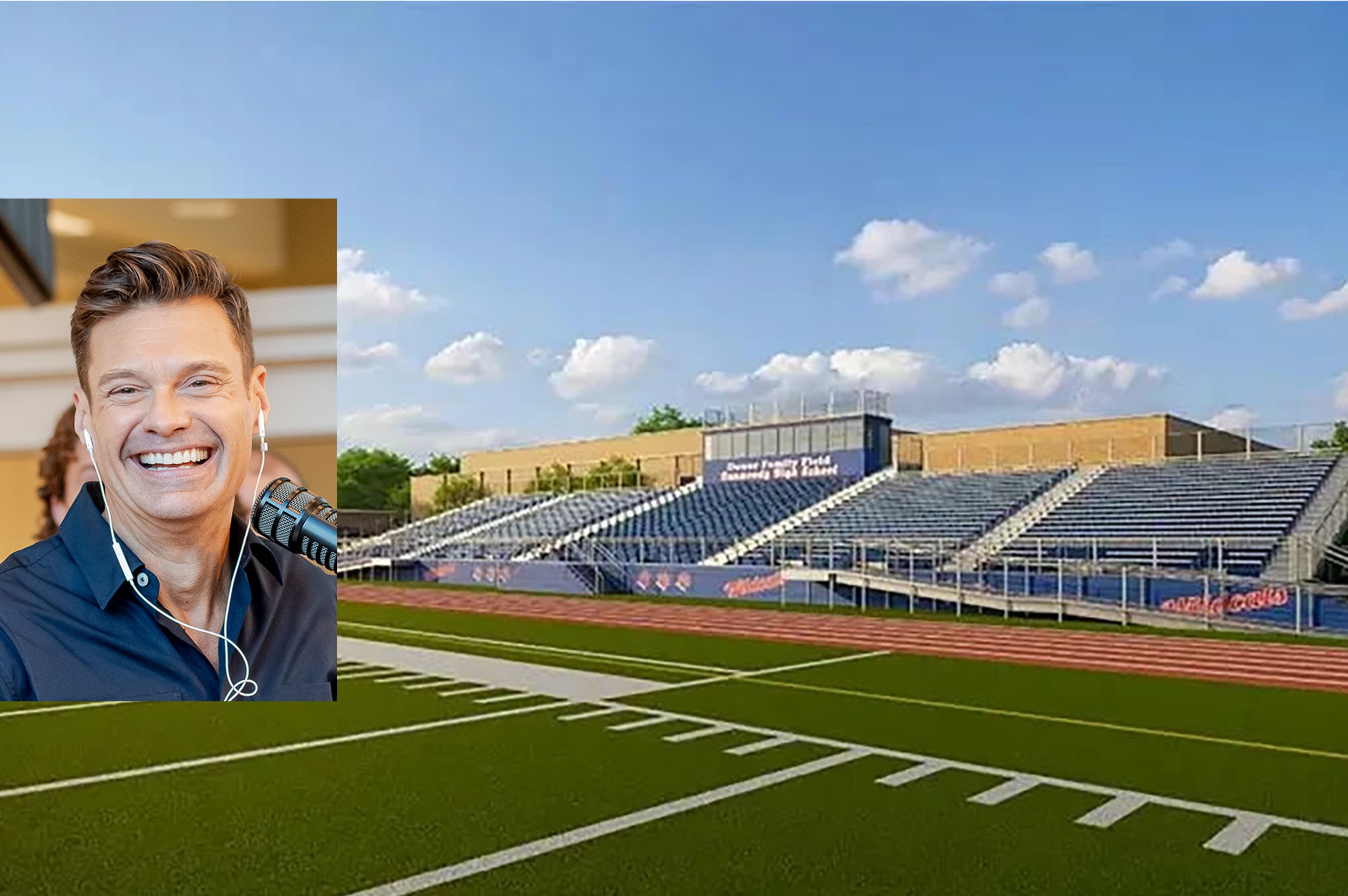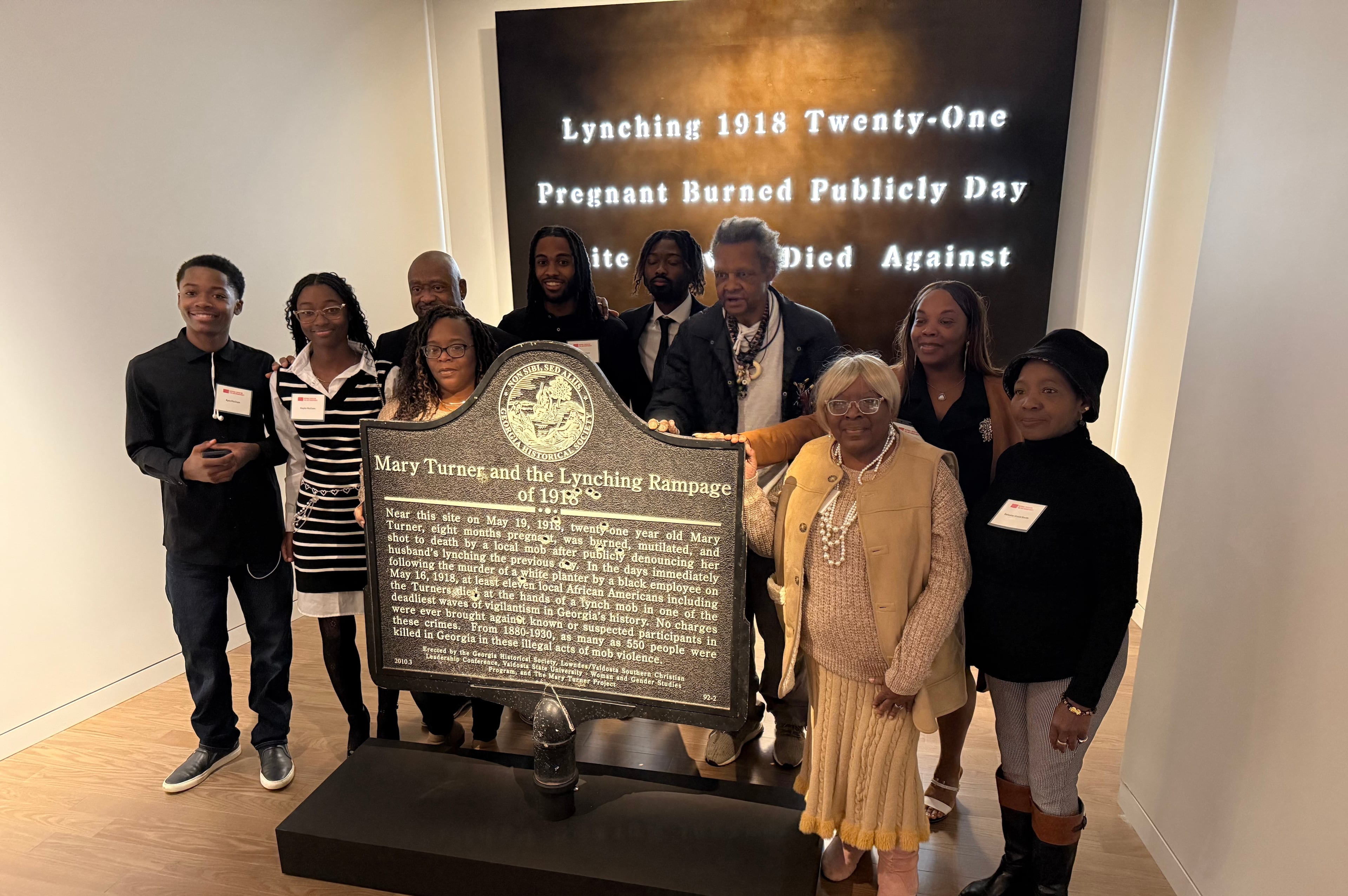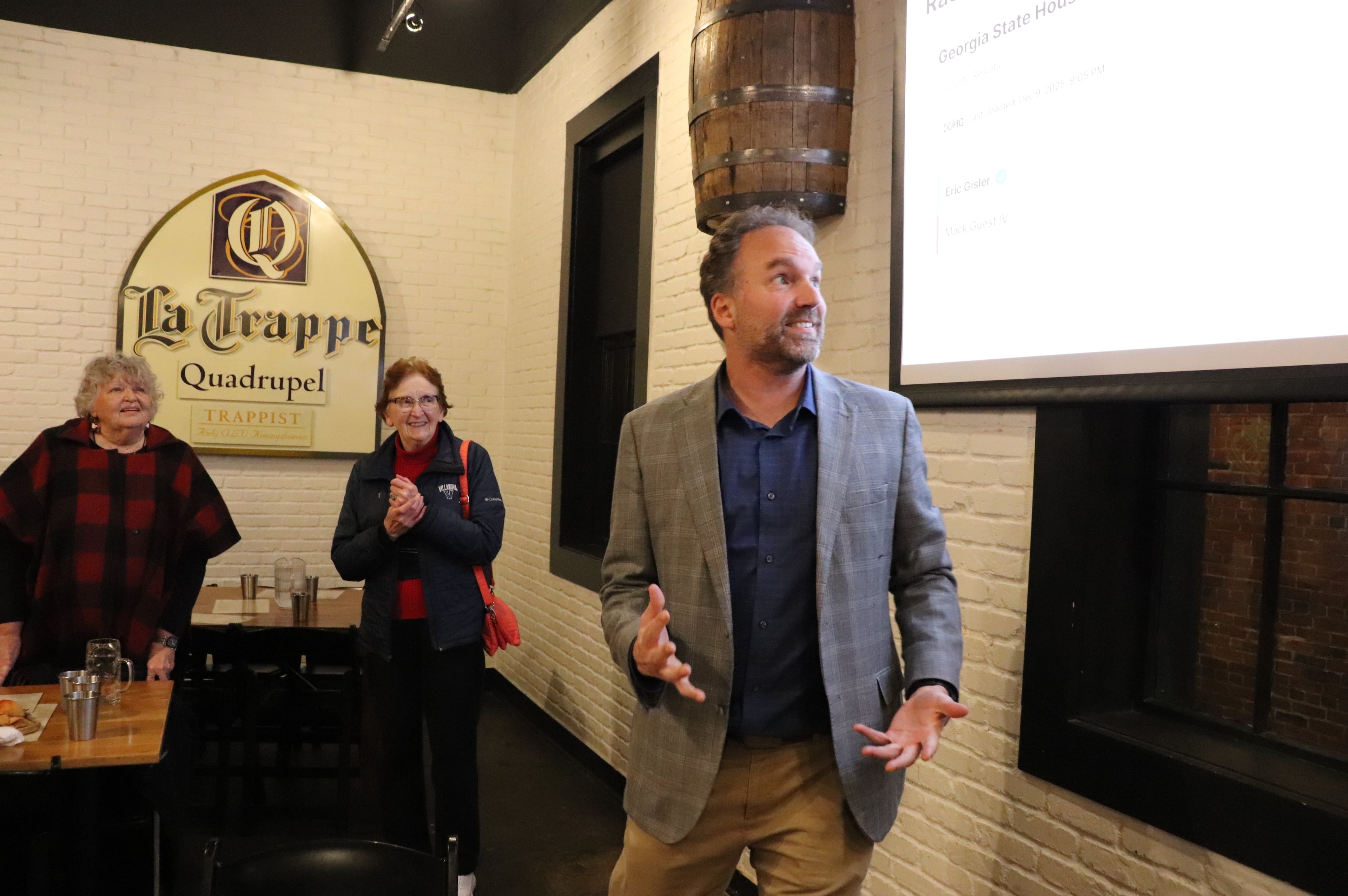Read an excerpt from ‘The Man No One Believed’

Off the side of a lonesome dirt road in Coastal Georgia, a group of African American residents came together to build a church. It was small and modest with a cross outside — a beacon for the weary. Rising Daughter Baptist Church rose in 1900, planted 14 miles from the Atlantic coast near the marshes off the Little Satilla River. At Rising Daughter, members fell in love, got married, baptized children and mourned losses. Those who’d gone on were buried in the cemetery next to the church, where the constant humidity deposited green algae on the gravestones, along with tufts of Spanish moss that fell like tinsel from the oaks. Despite the challenges they faced in the years after the Civil War, Rising Daughter’s congregation of a few dozen people took comfort in the history their kin had forged there. Like many Black churches, Rising Daughter was a place of refuge against the terror of Jim Crow and a haven to organize resistance. The local NAACP held meetings there for many years, continuing into the 1980s, a time of seismic change for the community.
For generations, most people in the rural county, including members of Rising Daughter, worked in agriculture, shrimping or at the Gilman Paper mill. But in the 1980s, after the construction of the Kings Bay naval submarine base, Camden County began to transform. The Kings Bay base, whose name comes from the plantation that once stood there, held the government’s East Coast cache of nuclear warheads. As the Navy moved in, the population boomed, the job market expanded and Camden County, which was 66% white, became more diverse. The base also drew occasional disarmament and anti-Reagan protesters, but that was a trade-off worth accepting. Tourism to picturesque Cumberland Island — whose beaches were once a getaway for scions like the Carnegies and Kennedys — was flourishing, and politicians reminded their constituents that the nuclear base, even if it seemed a little menacing, was ushering in a new era of progress to South Georgia.
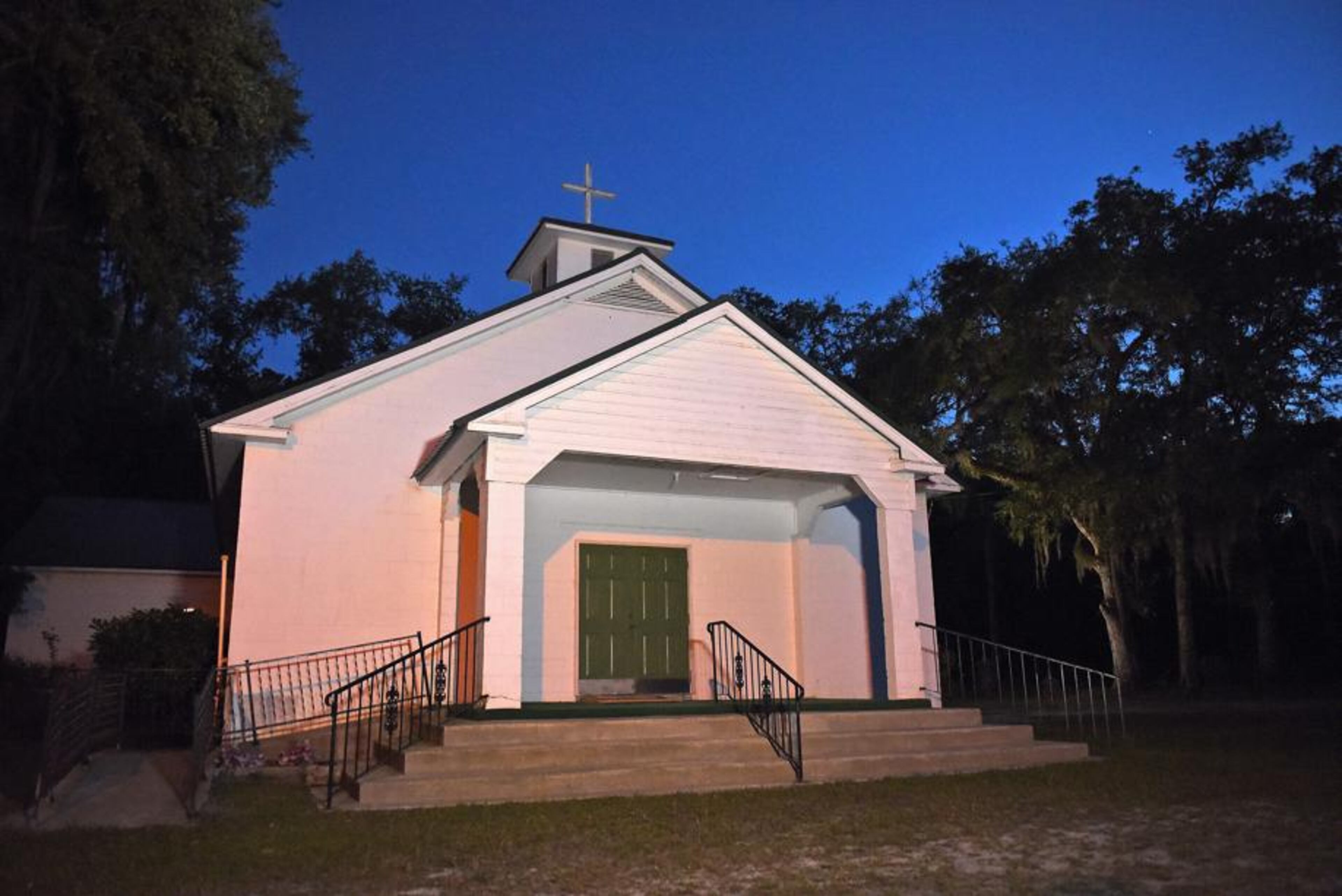
But for many people in countryside communities like Spring Bluff, where Rising Daughter was located, it seemed not much had changed. In 1985, you could still walk down the road in Spring Bluff and wave to the grandmothers shelling peas on their front porches and the folks working in the fields. Pulpwood crews were hauling pine trees to Gilman Paper’s factories, the same as generations had before them. Off Highway 17, Rising Daughter and its cemetery remained, with concrete angels holding vigil over the graves of church members who’d been born into slavery. Politicians could claim that they were building the future, but for the Black community in Camden County, the past was always present, and a “new Georgia” had yet to arrive.
One March night in 1985, all those myths about peace and progress seemed shattered. In an unimaginable act of violence, a beloved couple was murdered, and Rising Daughter would be transformed from safe haven to crime scene. The cruel tide of history would return to Camden County, plunging Spring Bluff into seemingly endless investigation fraught with lies, missteps and tragedy. For over 40 years, the investigation has been passed like a grim baton from the hands of investigators, one after another, each searching for the truth and justice. But the full story of the murders has never been told because too much mystery remained. Now the story can be told.
There were 40 miles between the front door of my childhood home and Rising Daughter Baptist — that’s nothing when you live somewhere as sprawling as South Georgia. I’m the son of two people with deep roots in the region, and both sides of my family worshipped at churches like Rising Daughter Baptist: small, roadside sanctuaries where members joyfully prayed in the same rooms that their families had for generations. Most Sundays, my immediate family went to a large, new church in Waycross, where I felt bored and out of place. But I loved to go to the small family churches and hear hymns sung in the very same pews and in the very same way my grandparents heard them. In these hallowed rooms, I felt history and the present colliding, like waves on the backs of the ancient sea turtles on Cumberland Island. Even as a kid I felt the power. I knew that family churches meant even more for my African American neighbors.
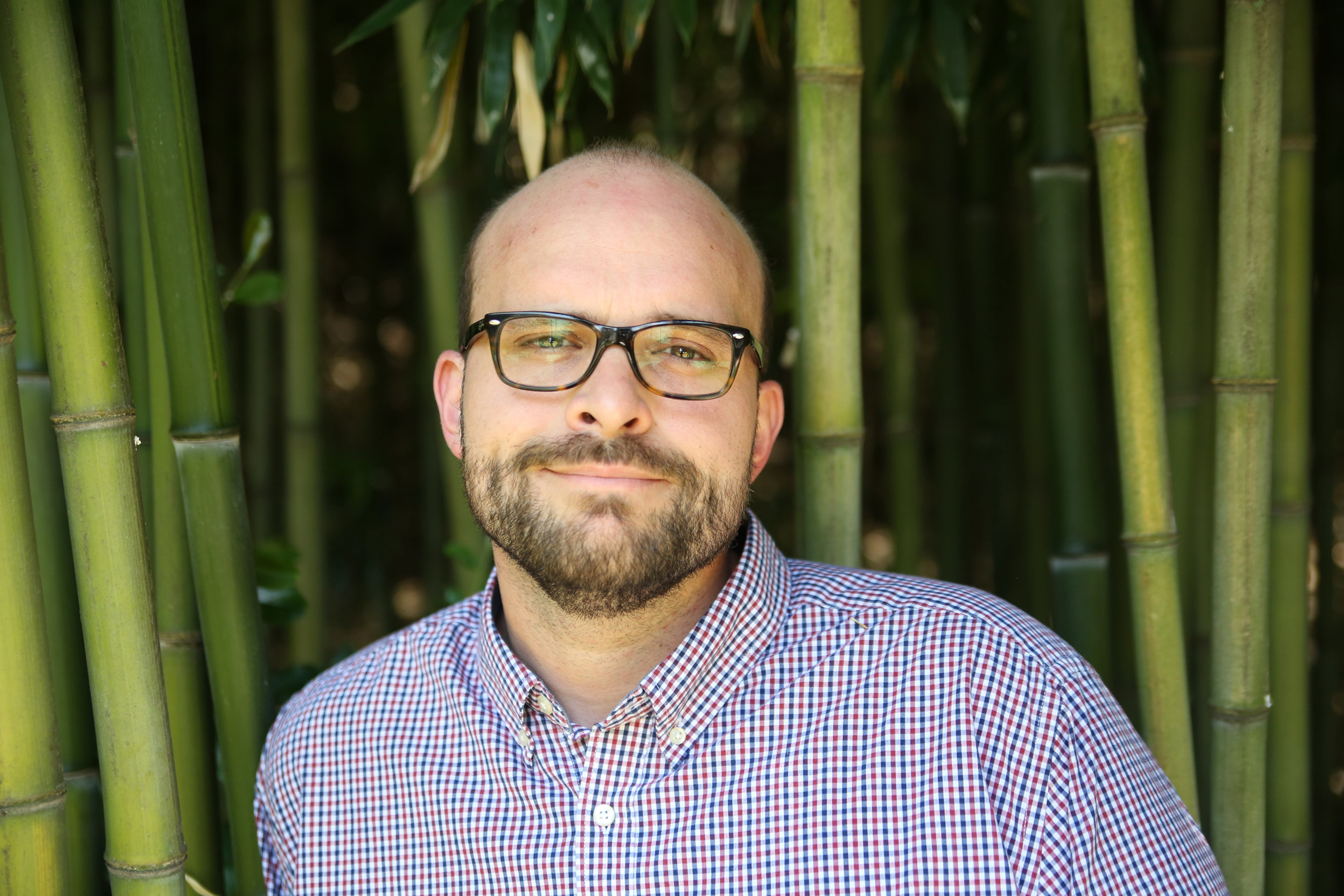
From an early age, I visited Camden County — Georgia’s last stop before Florida — numerous times: the waterfront in St. Marys, the bluffs on the north end, downtown Woodbine. As a young man, I was a regular at the Woodbine Opry, a former elementary school where on Friday and Saturday nights, locals would take over the auditorium to play bluegrass and classic country. I remember the white-haired couples slow dancing to Patsy Cline’s “Crazy” and other love songs from their youth. I played pedal steel guitar for the raucous crowds at Captain Stan’s Smokehouse, also in Woodbine, and watched as little clouds of dirt would rise from the ground as they danced under the moonlight. On sunset drives, I marveled at brilliant colors painting the sky above the spreading marshes.
As a journalist, I came back to Camden County to tell stories about hurricanes and rural politics — assignments I volunteered for because of my history in, and love for, South Georgia. The investigative projects I felt most drawn to were often South Georgia stories meant to hold powerful people and institutions to account. I wrote about a 14-year-old girl who ended up buried in her family’s backyard near Savannah after state child welfare workers ignored a dire warning about abuse in the home. I exposed how the railroad that built my hometown, Waycross, poisoned the ground with carcinogenic waste for generations, and I examined if it could’ve sickened four local children with the same rare cancer. I covered the flaming downfall of a boisterous Camden County state representative who was run out of office after shouting the N-word and mocking people of color on Sacha Baron Cohen’s TV show “Who Is America?” The stories I covered were shocking and often painful, but they felt necessary. I believe that justice depends on people knowing the truth.
In summer 2019, the Georgia Innocence Project contacted me about the double homicide at Rising Daughter Baptist Church. The murders took place in 1985, the year before I was born. I was surprised I’d never heard of the case, which was one of the most horrific crimes in modern South Georgia history. Over the phone, the nonprofit’s executive director sketched out the details. One night in March 1985, a strange white man showed up at the church. He pulled out a gun and murdered a deacon named Harold Swain and his wife, Thelma Swain — a beloved couple who’d been married four decades and knew everyone in the community. The shooter escaped into the night. The crime had been major news in Georgia when I was a toddler and was even featured on the show “Unsolved Mysteries.” But then it faded into memory. When I first heard about the murders, the dynamics — a white man kills people in a historic African American church — reminded me of the 2015 horrific racist murders of nine people during Bible study at Emanuel AME Church in Charleston, South Carolina. The white gunman in Charleston was vocal about his hateful motives. I wondered whether the cases could have something in common: that same racist rot at the core of much violence in the South, and America writ large.
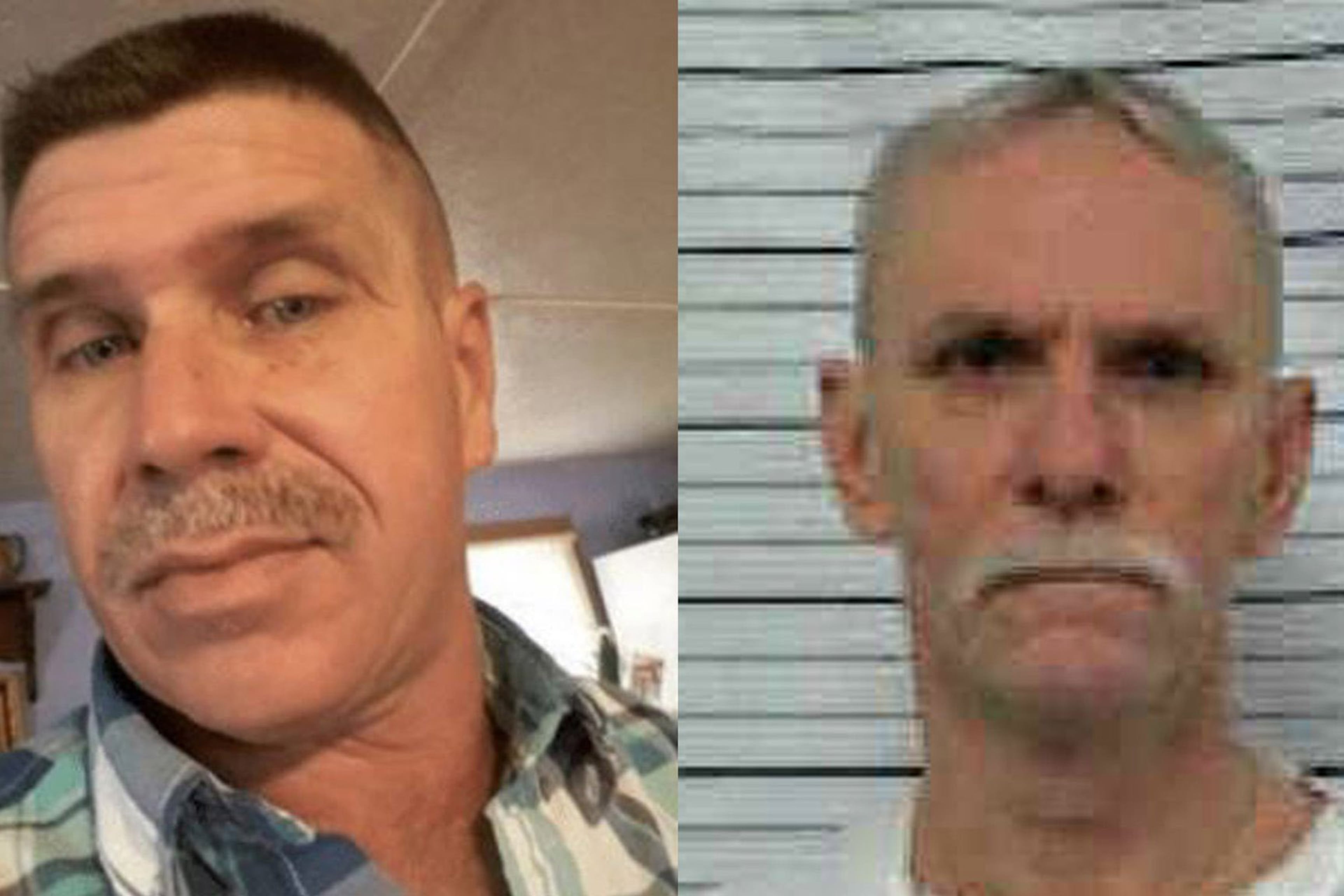
There were plenty of Camden County officials who said the case was settled long ago, that there was nothing left to learn. Yet, the more I learned, the more stunned I was. Decades after the murders, there remained huge questions about why and how it happened and, critically, who was involved. The Georgia Innocence Project wanted to know if I’d be interested in trying to make sense of the case, knowing that I was from Waycross. The nonprofit didn’t know that my family history also made me more open to potential innocence cases. My maternal grandmother’s brother Huey died in prison when I was young, and I grew up hearing about how he’d been convicted for a murder he didn’t commit. I don’t know if he was innocent or not, but I know the belief that he was innocent caused decades of torment for my family. As a journalist, I’d spent a great deal of time with families who’d lost loved ones to homicide, and I tried desperately to convey the contours of their pain.
I’d covered a lot of homicides by the time I heard about the murders at Rising Daughter, but what I learned about this crime and its tangled aftermath floored me: multiple confessions by different suspects, major disagreements between the detectives and a rumor mill that was still spinning. It was unlike any murder case I’d ever heard of — and one of the most horrific and infuriating.
Knowing South Georgia as I do, when I wondered about the killer’s motive, I naturally considered racism. Back in 1985 (and even still today), there were plenty of hard-core bigots around South Georgia, and many of them could be violent. I’d also heard stories about long-haired drug traffickers who ran wild in the backwoods, hiding bodies in the swamp. And I’d heard about the short-tempered country boys who would kill you just to vent because their dog lost a fight. It turned out that investigators had considered all kinds of men in this case — and the investigation still seemed far from finished. My efforts to investigate the various suspects led me on a mind-bending and intense journey through the back roads of several states and into many dark corners, where sources warned repeatedly that danger still lurked. They said that the wrong man had been charged, that the murderer was still at large.
One day in early 2020, my phone rang. It was one of the suspects.
“What is the point of all this?” he asked, sounding agitated by my investigation. “I hope y’all find out who actually did it. I had nothing to do with this. I want it to stay where it is — gone.”
I couldn’t let that happen.
Excerpted from “The Man No One Believed: The Untold Story of the Georgia Church Murders” by Joshua Sharpe. Copyright (c) 2025 by Joshua Sharp. Used with permission of the publisher, W.W. Norton & Company, Inc. All rights reserved.
